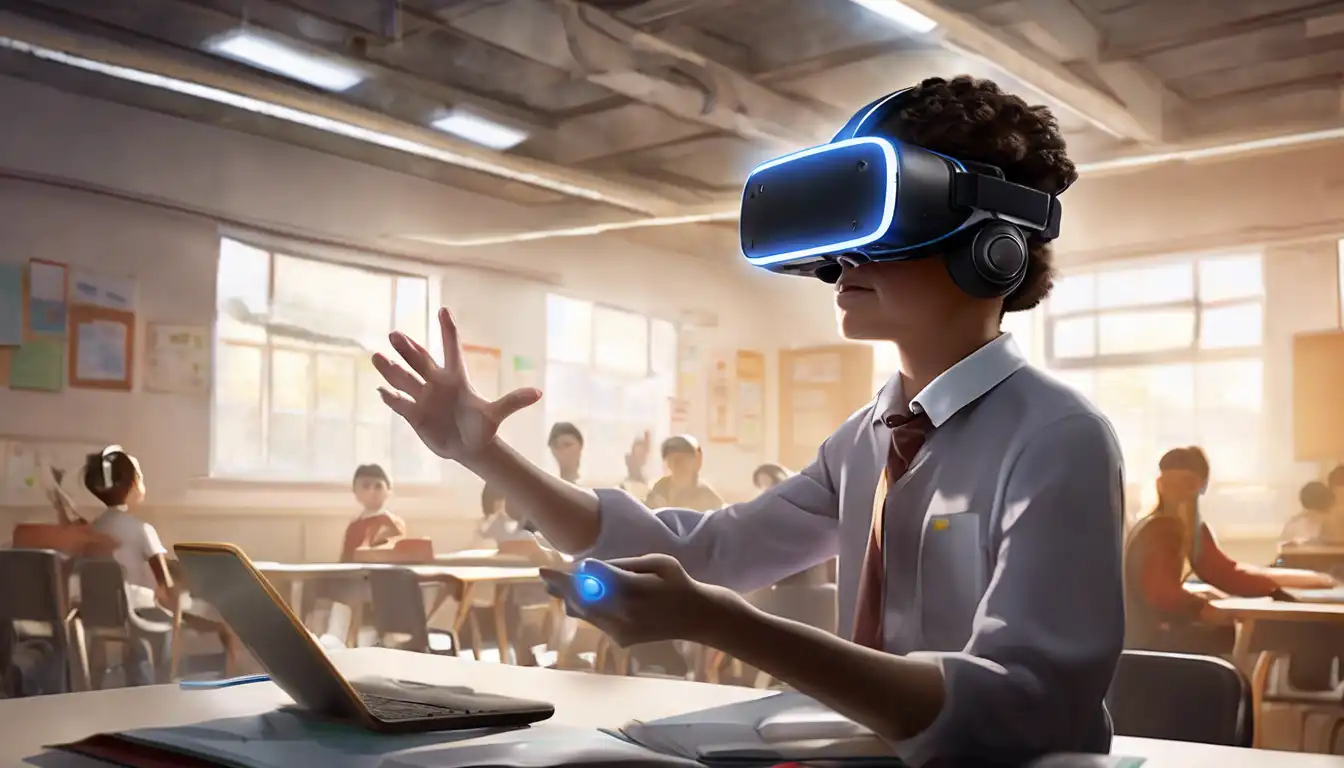The Transformative Impact of Virtual Reality on Learning and Skill Development
Virtual Reality (VR) technology has rapidly evolved from a futuristic concept into a practical tool that is reshaping industries, including education and training. By creating immersive, interactive environments, VR offers unparalleled opportunities for experiential learning and skill acquisition. This article delves into the potential of VR in transforming educational methodologies and professional training programs.
Revolutionizing Education with Immersive Learning
Traditional learning environments often struggle to engage students fully, but VR can change that. By simulating real-world scenarios, VR enables students to explore complex subjects in a hands-on manner. For instance, medical students can perform virtual surgeries, gaining valuable experience without the risks associated with real-life procedures. Similarly, history classes can transport students to ancient civilizations, making learning more engaging and memorable.
Enhancing Professional Training through Simulation
Beyond the classroom, VR is making waves in professional training across various sectors. From aviation to construction, VR simulations allow trainees to practice skills in a safe, controlled environment. This not only reduces the costs and risks associated with traditional training methods but also accelerates the learning curve. For example, pilots can hone their skills in virtual cockpits, preparing for real-life challenges without leaving the ground.
The Benefits of VR in Education and Training
- Increased Engagement: VR's immersive nature captures learners' attention, making education more interactive and enjoyable.
- Safe Learning Environment: High-risk professions can train employees without exposing them to danger.
- Cost-Effective: Reduces the need for physical materials and travel, lowering training expenses.
- Accessible Learning: VR can bring high-quality education to remote or underserved areas.
Challenges and Considerations
Despite its potential, the integration of VR into education and training is not without challenges. The cost of VR equipment and the need for technical support can be barriers for some institutions. Additionally, creating high-quality, educational VR content requires significant resources and expertise. However, as technology advances and becomes more affordable, these obstacles are likely to diminish.
Looking Ahead: The Future of VR in Learning
The future of VR in education and training is bright, with ongoing advancements promising even more innovative applications. As VR technology becomes more accessible, its adoption in schools and businesses is expected to grow, further revolutionizing how we learn and train. The potential of VR to provide immersive, effective learning experiences is just beginning to be tapped, and its impact on education and professional development will undoubtedly continue to expand.
For more insights into how technology is transforming education, explore our articles on the role of AI in personalized learning and how blockchain is changing education.
